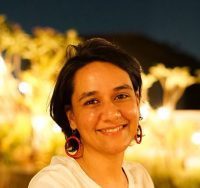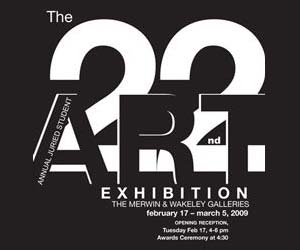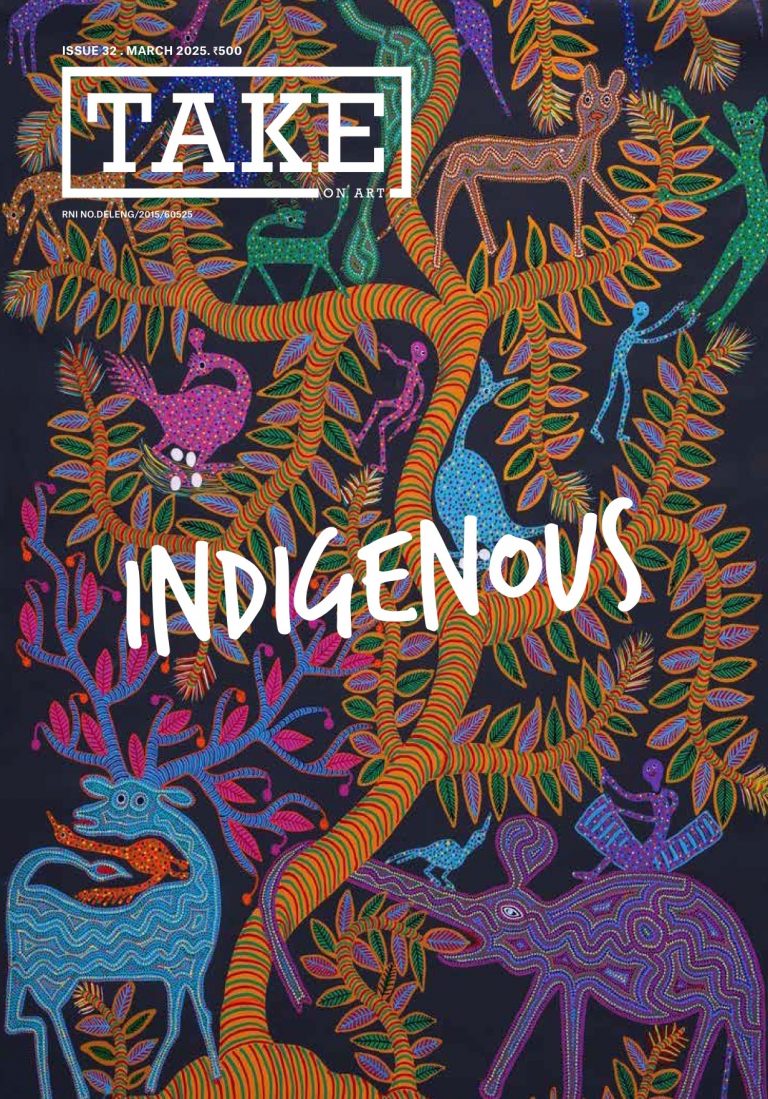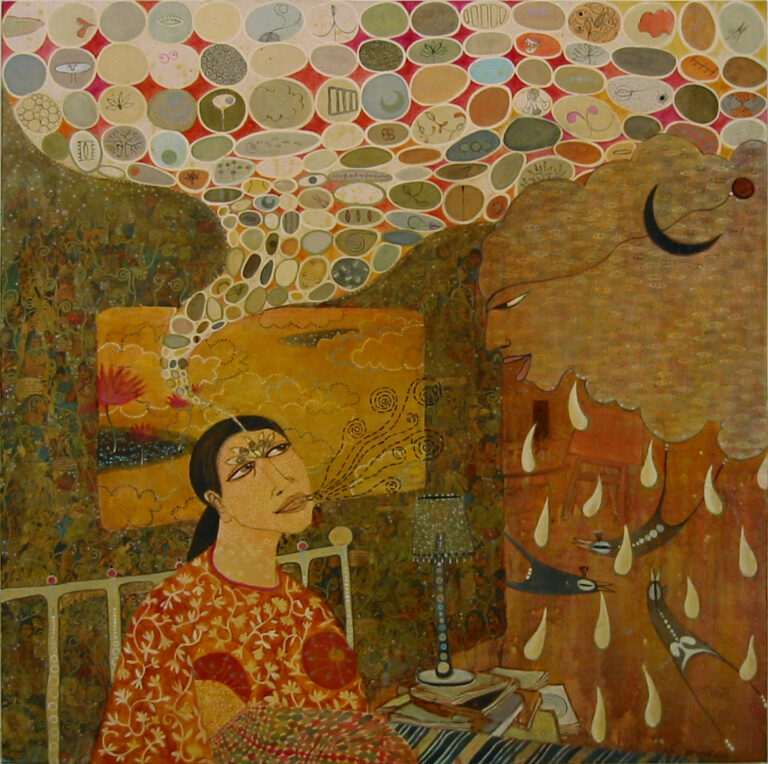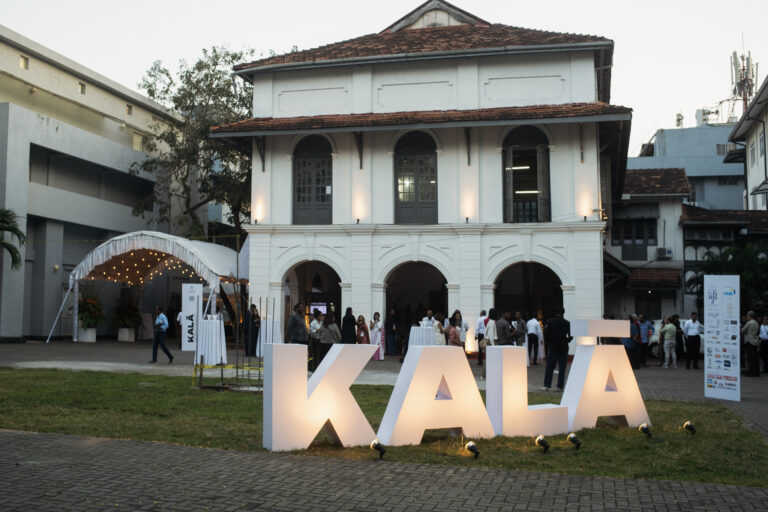
This is the last week of my residency.
There are two thoughts I want to unpack in this penultimate note.
I have tried to connect with or explore the possibility of pursuing connections with scholars, critics, curators and audio producers from the various linguistic constituencies of Switzerland — the German-speaking part where I was based, of course, but also the Francophone and Italophone parts. I’ve even tried to reach out to Romansh-language cultural practitioners.
Multilingualism is a common feature of both Swiss and Indian culture, a fact that informs cultural discourse and conversational modes of doing criticism. Oral historiographies and interview-based methods of critical research rely so much on the world disclosed by a language, its colloquial customs and unspoken norms, the register in which knowledge is shared (or withheld).

The other aspect is something I have heard from everyone I have interviewed here who works with oral-aural methods and audio-based critical production : polyphony.
Multiple voices and narratives can be composited and compiled towards articulating and analysing a complex discursive field. This pluralism of perspectives challenges hegemonies and variegates vision.
Art history and criticism become more horizontal — the interview offers an egalitarian mode, where real time dissensus can generate new insights, and viewpoints and experiences excluded from the classical textual archive can be restored to give a fuller picture.
How does aurality fit into this talk of tongues?
Listening while speaking, listening while reading and listening while translating — all of this feeds into listening while (and as) writing.










